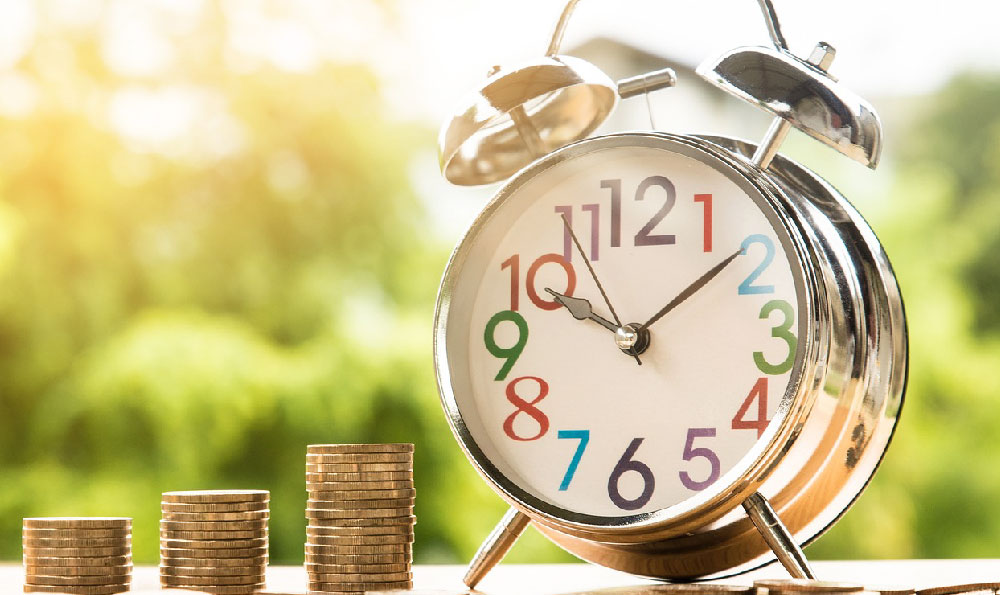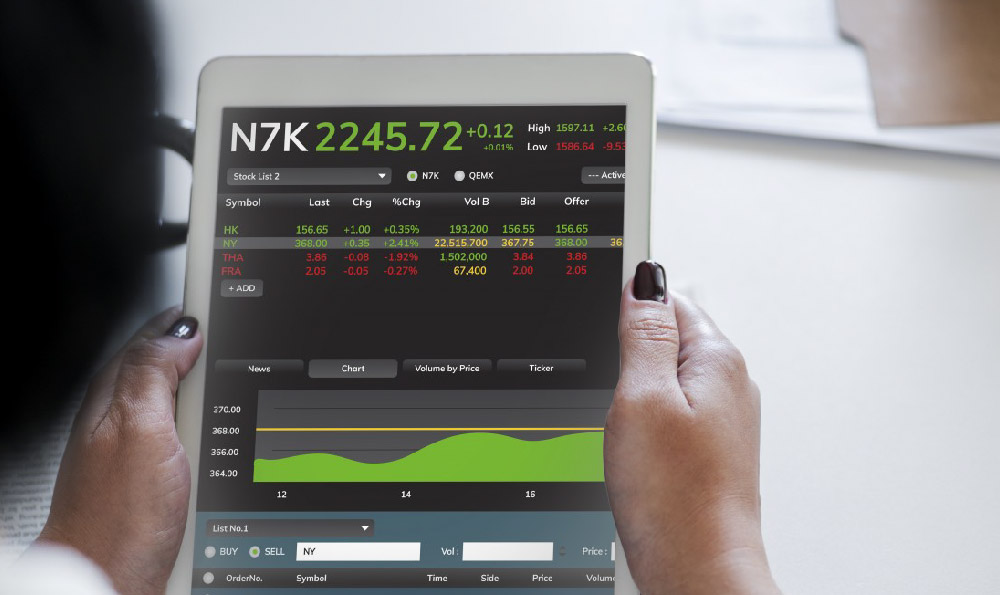Music artists, often celebrated for their creativity and performance, operate within a complex financial ecosystem. Understanding how they earn their income is crucial for appreciating the realities of the music industry and for aspiring artists navigating their careers. Their revenue streams are diverse, ranging from traditional sources like royalties to emerging avenues such as streaming and merchandise. Let's delve into the intricacies of how music artists make a living.
Royalties: The Foundation of Music Income
Royalties represent the cornerstone of an artist's earnings. When a song is played, streamed, or reproduced, royalties are generated and distributed to the copyright holders. These royalties are broadly divided into two categories: performance royalties and mechanical royalties.

-
Performance Royalties: These royalties are generated when a song is performed publicly, whether on the radio, television, in a concert venue, or even in a restaurant. Performance rights organizations (PROs) like ASCAP, BMI, and SESAC in the United States, collect these royalties on behalf of songwriters and publishers. They track performances and distribute royalties based on the frequency and reach of the song's usage. The amount an artist receives depends on factors such as the size of the venue, the time of day the song is played, and the overall popularity of the song.
-
Mechanical Royalties: These royalties are generated when a song is reproduced, such as when it is pressed onto a CD, downloaded digitally, or streamed on a service like Spotify or Apple Music. Mechanical royalties are paid to the songwriter and publisher for the right to reproduce their work. In the United States, these royalties are currently set by the Copyright Royalty Board (CRB). Services like Harry Fox Agency act as intermediaries, collecting and distributing mechanical royalties on behalf of copyright holders.
Streaming: A Double-Edged Sword
The advent of streaming services has revolutionized the music industry, providing unprecedented access to music for consumers. However, it has also drastically altered the income landscape for artists. While streaming offers a vast audience reach, the per-stream royalty rates are notoriously low.
The revenue generated from streaming is typically split between the streaming service, the record label (if the artist is signed), the publisher, and the songwriter. The artist's share depends on their contract with the record label and the specific terms of their publishing agreement. Independent artists who own their masters and publishing rights generally retain a larger percentage of the streaming revenue.
Despite the low per-stream rates, streaming can still be a significant source of income for artists with a large fanbase and a high volume of streams. For emerging artists, streaming provides a platform to build their audience and gain exposure. To maximize their streaming revenue, artists need to actively promote their music on streaming platforms, engage with their fans, and create compelling content that keeps listeners engaged.
Live Performances: The Lifeblood of Many Artists
For many artists, especially those who are not yet established or who operate outside the mainstream, live performances are a critical source of income. Touring and performing at concerts, festivals, and private events allow artists to connect with their fans directly and generate revenue through ticket sales, merchandise sales, and VIP packages.
The income from live performances can vary greatly depending on the artist's popularity, the size of the venue, and the ticket prices. Established artists can command high ticket prices and fill large venues, generating substantial revenue from their tours. Emerging artists may start by playing smaller venues and building their fanbase over time.
Beyond ticket sales, live performances also provide opportunities for artists to sell merchandise such as T-shirts, posters, and CDs. These sales can be a significant source of income, particularly for independent artists who do not have the backing of a major record label.
Merchandise: Extending the Brand and Building Revenue
Merchandise is an important revenue stream for artists, offering a way to connect with fans and generate income beyond music sales and streaming. Merchandise can include a wide range of items, such as T-shirts, hoodies, posters, hats, and accessories.
The success of merchandise sales depends on the artist's brand, the quality of the merchandise, and the pricing strategy. Artists can sell merchandise at their live performances, through their websites, and through online retailers. Creating unique and appealing merchandise that reflects the artist's brand and appeals to their fanbase is essential for maximizing sales.
Synchronization Licenses: Music in Media
Synchronization licenses, often referred to as "sync licenses," are granted when a song is used in a visual media production, such as a film, television show, commercial, or video game. These licenses generate significant revenue for songwriters and publishers.
The fees for sync licenses vary depending on the scope of the usage, the popularity of the song, and the budget of the production. Licensing a well-known song for a major film can generate tens of thousands or even hundreds of thousands of dollars. Licensing a lesser-known song for a smaller production may generate a few hundred or a few thousand dollars.
Securing sync licenses requires actively pitching music to music supervisors, film producers, and advertising agencies. Building relationships with these industry professionals is crucial for increasing the chances of landing a sync placement.
Other Avenues: Diversifying Income Streams
In addition to the primary sources of income discussed above, artists can also generate revenue through various other avenues, including:
- Endorsements and Sponsorships: Artists can partner with brands to endorse products or services. These partnerships can generate significant income, particularly for established artists with a large following.
- Songwriting and Production for Other Artists: Artists can earn money by writing and producing songs for other artists. This is a common practice for songwriters and producers who have established a reputation in the industry.
- Teaching and Workshops: Artists can share their knowledge and skills by teaching music lessons or conducting workshops. This can be a fulfilling and lucrative way to supplement their income.
- Crowdfunding: Artists can use crowdfunding platforms like Kickstarter or Patreon to raise money for their projects. This can be a viable option for independent artists who do not have access to traditional funding sources.
Navigating the Financial Landscape: A Complex Endeavor
Earning a living as a music artist is a challenging but rewarding endeavor. It requires not only talent and creativity but also business acumen and financial literacy. Understanding the various revenue streams available to artists, negotiating favorable contracts, and managing finances wisely are essential for long-term success. Aspiring artists should seek guidance from experienced professionals, such as music lawyers, managers, and accountants, to navigate the complexities of the music industry and build sustainable careers. By diversifying their income streams and developing a strong business foundation, music artists can pursue their passion and make a living doing what they love.












